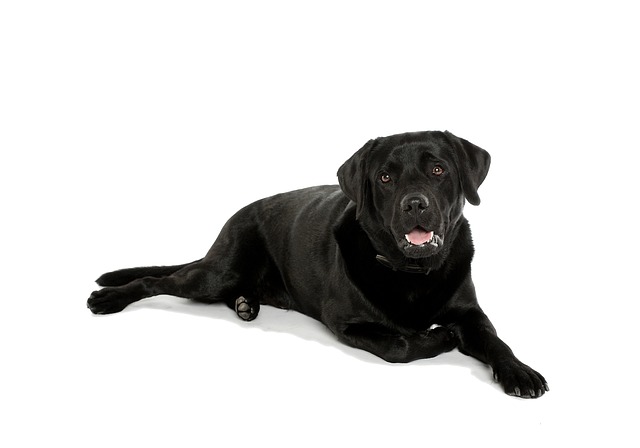
How can I tell if my dog's heatstroke is serious
Let’s be real: It’s a sticky August morning in Los Angeles, and you took your 2-year-old Golden Retriever, Max, for a walk a little later than usual
Sudden loss of appetite in dogs can catch even the most attentive owners off guard. One morning, you set down their usual kibble, expecting the usual eager chomping, but instead, they sniff it once and walk away—tail low, ears droopy. Before jumping to conclusions, take a breath. This behavior, while concerning, often has straightforward explanations.
First, check the basics. Did you switch their food overnight? Dogs, especially those with sensitive stomachs, might reject a new brand or flavor outright. In some European countries, like Germany, pet food regulations are strict, so double-check that any new diet meets local standards—sudden changes could violate implicit care guidelines. Also, consider the temperature: a bowl left in direct sunlight on a hot Mediterranean afternoon might turn their meal unappealing.
Health issues can’t be ignored. A dog skipping meals for more than 24 hours could signal dental pain, an upset stomach, or something more serious. In the UK, the Animal Welfare Act mandates prompt veterinary care for signs of distress, including prolonged refusal to eat. Think about recent changes: did they get into the trash after a barbecue? Indigestion from table scraps—common during American summer cookouts—often leads to temporary anorexia.
 Environmental stress plays a bigger role than many realize. Moving to a new home, a new family member (human or pet), or even construction noise outside can throw off their routine. Dogs in urban areas like Paris or New York are particularly sensitive to changes in their surroundings. Try feeding them in a quiet, consistent spot—away from busy entryways or loud appliances—to help them feel secure.
Environmental stress plays a bigger role than many realize. Moving to a new home, a new family member (human or pet), or even construction noise outside can throw off their routine. Dogs in urban areas like Paris or New York are particularly sensitive to changes in their surroundings. Try feeding them in a quiet, consistent spot—away from busy entryways or loud appliances—to help them feel secure.
If the issue persists, resist the urge to bribe them with table scraps. Not only does this encourage picky eating, but many human foods—grapes, onions, even certain cheeses—are toxic to dogs. In Canada, the Canadian Food Inspection Agency regularly updates lists of harmful substances, so familiarize yourself with local guidelines. Instead, consult your vet about appetite stimulants or prescription diets tailored to their needs.
Most cases of temporary inappetence resolve with a little patience and observation. Keep track of their water intake—dehydration is a bigger risk than missed meals in the short term. With careful attention to their environment, health, and diet, your dog will likely be back to their food bowl in no time. And when they do, that enthusiastic crunch will feel like the best sound in the world.

Let’s be real: It’s a sticky August morning in Los Angeles, and you took your 2-year-old Golden Retriever, Max, for a walk a little later than usual

You're enjoying a summer afternoon at the park when you notice your dog has stopped panting and appears disoriented - their gums are bright red

Let’s paint the picture: You’re in your Denver apartment, watching your 4-year-old Boston Terrier, Ruby, plop down mid-play session with her favorite toy

Many dog owners notice their pets nails seem shorter after regular walks,but how much does this daily activity actually help?The answer depends on where you walk—concrete sidewalks or asphalt streets gently file nails as a dog's paws hit the ground

Most dog owners notice their pup scooting across the carpet at some point, but few connect it to impacted anal glands. These small sacs near a dog’s rectum secrete a scent for marking territory

Most vets agree that regular dog teeth cleaning is key to avoiding painful dental issues later. For healthy adult dogs, a professional cleaning at the vet’s office every 12 to 18 months usually works well.